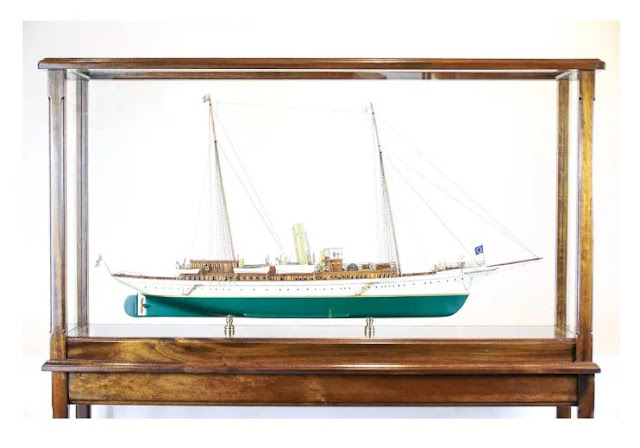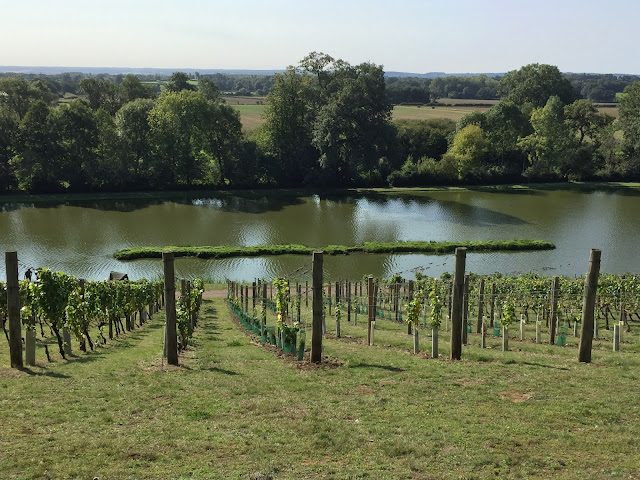I discovered the show business couple
of Florence West and Lewis Waller thanks to a postcard posted on Twitter by MissHistoryGal. Starting their careers a little earlier than
the Edwardian actors I usually research I hadn’t been aware of their interesting
lives.
Florence Isabella Brandon was born in
Chiswick in December 1859, the eldest daughter of Horatio Brandon a successful
solicitor. She had 6 sisters and 2 brothers. She was a keen amateur actress who
decided to write to the famous comedian J L Toole to ask for employment with
his theatrical company. Having convinced him that she was a serious actress he
gave her a trial. Using the stage name of Florence West, she can be found on
the billboards of Mr Toole’s company in London and touring England in 1882. In
that same year she had quietly married William Waller Lewis, also a keen
amateur actor. When a fellow cast member fell ill, she suggested her husband
take the part. For several years, Florence continued using the stage name
Florence West, perhaps not wanting to affect the matinee idol image which Lewis
had acquired along with a host of young female fans. However they were
frequently partners on stage.
Lewis was born William Waller Lewis
in Bilbao Spain. His father William James Lewis was English, his mother
Carlotta Vyse, Spanish. For 5 years he was employed in the city of London, but
he always wanted to use, “his fine rich voice,” on stage. His romantic good
looks soon made him popular in swashbuckling roles. Florence’s sister, (Constance)
Margaret, who as Mrs Clement Scott became theatre critic of the John Bull
magazine, described Lewis thus,
“He lived in Cloudland as an
enthusiast, a romanticist, a bit of a Don Quixote, a splendid, honest,
straightforward, virile man.”
Harry Esmond described Waller’s
school of plays as, “The Sword and Caper drama.”
The couple had two children, Edmund Lewis Waller born in 1884 who followed his father on stage and Nancy Waller born in 1896.
Both Florence and Lewis died young, Florence,
aged 53, in 1912, while her husband was in New York and Lewis of pneumonia, aged 55, in 1915 after a long tour of
America, Canada and Australia, with his daughter Nancy by his side.



























































